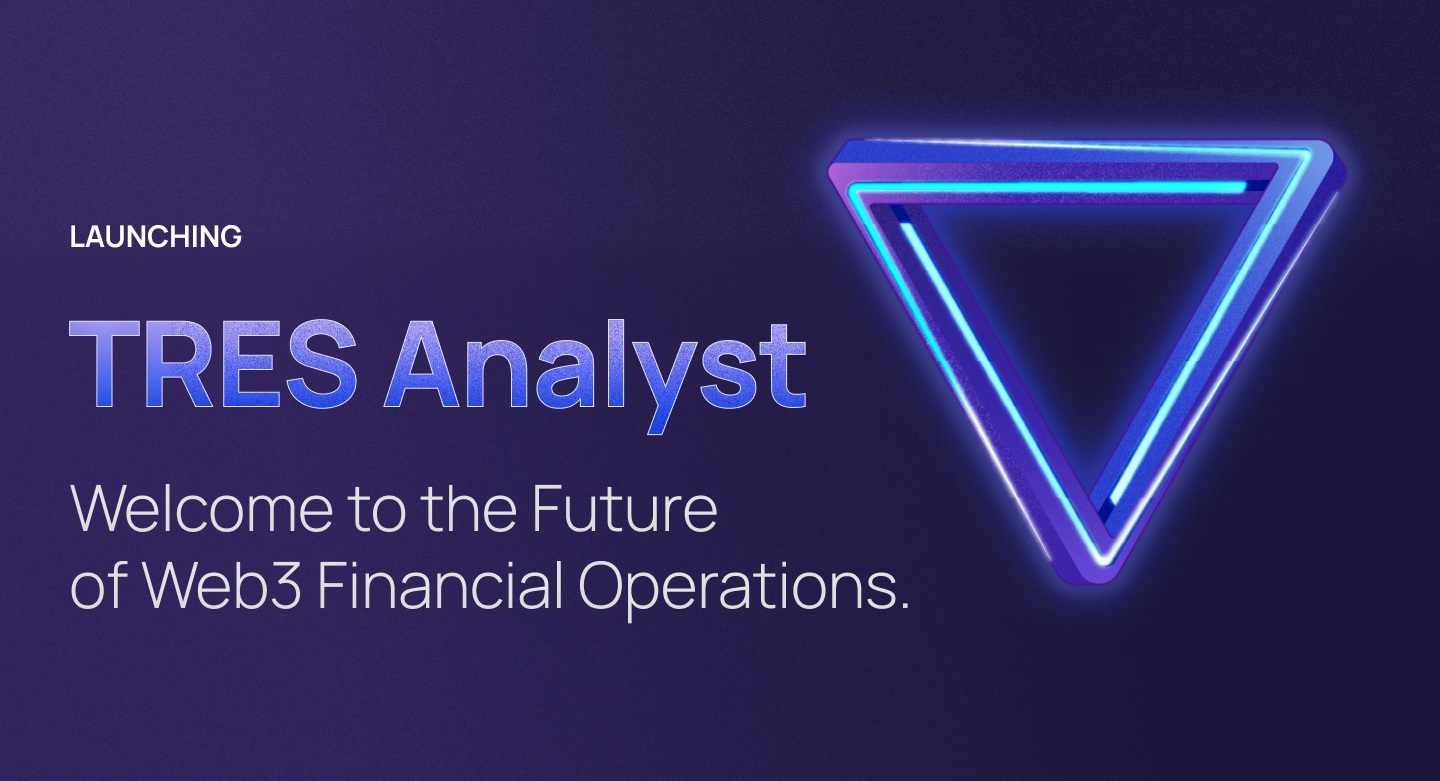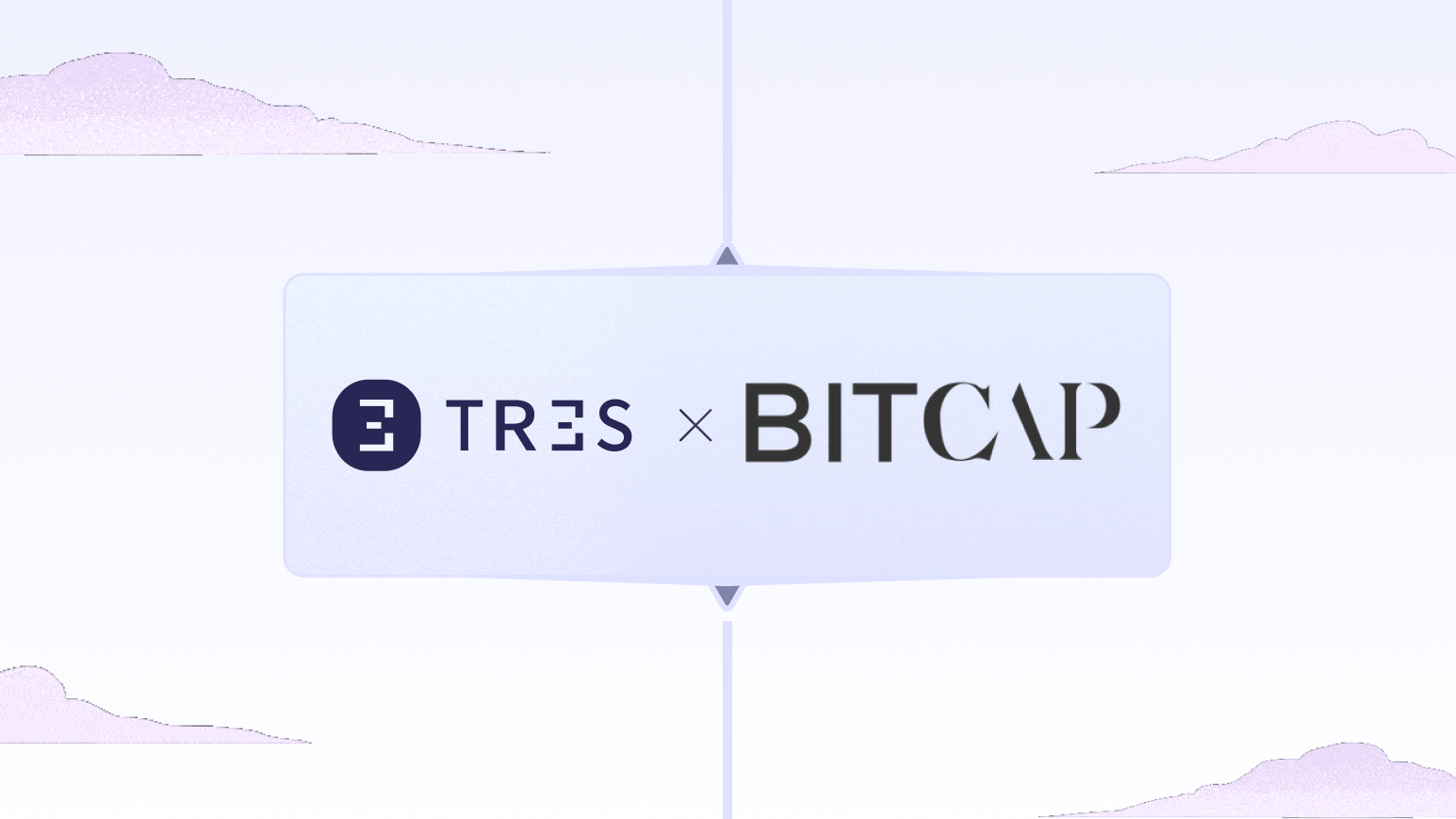Optimism is one of the strategies that may be used for layer two scalings. It is made possible by a technique known as “optimistic rollups,” which combines significant volumes of transaction data into manageable chunks. The cost of using Optimism is far lower than Ethereum, and it is rapidly gaining popularity with other layer two cryptocurrencies like Arbitrum.
How does Optimism work?
Rollups are a kind of technology used by Optimism, incredibly optimistic rollups.
They are referred to as rollups because the information on hundreds of transactions, such as non-fungible token (NFT) mints, token swaps, or any transaction at all, is rolled up (or bundled) into a single transaction and executed on the Ethereum main net (layer 1). When many separate transactions are wrapped into a single exchange, the blockchain transaction charge, also known as the “gas” fee that must be paid, is reduced to just one transaction. This fee is then dispersed among all parties involved.
Optimistic rollups get their name from the fact that transactions are presumed legitimate until it is shown that they are not. Put another way, and they are considered innocent until it is demonstrated that they are guilty. There is a time during which possibly invalid transactions may be contested by providing a “fraud-proof” and executing the calculations of the transactions while referring to the data readily accessible from the state. The cost of the gas that was required to execute the calculation of the fraud-proof is covered by Optimism. (The following is a description of the procedure that is more technical and thorough.)
Optimism vs. Arbitrum
Arbitrum is a backup and restores technology that works much like Optimism, and it was developed by Optimism. It is often believed that Arbitrum modified the source code of Optimism crypto to find a unique solution for the scalability issues faced by Layer 2.
How Optimism and Arbitrum handle fraud-proofs is the primary distinction between the two. In contrast to Optimism crypto’s usage of a single round to prevent fraud, Arbitron crypto leverages many rounds.
Optimism offers quick verification thanks to its use of proof that only requires a single round and its reliance on Ethereum’s Layer 1 to finish the transaction. The transaction is completed instantly; nevertheless, the method results in a higher overall cost due to increased gas use. In contrast, Arbitrum provides a fine-tuning approach to the execution of transactions, with a focus primarily on Layer 2. Validation may take some time since it involves many rounds of anti-fraud checks; nevertheless, this may result in lower gas prices.
Supported features
Supported
Supported
Supported
Supported
Supported
Supported
Supported
Challenges we solve
- Value Estimates- Many less-popular cryptocurrencies might be difficult to value in present because of their low trading volume.
Marking assets to market is done using reliable sources in conventional finance, such as Bloomberg.
Despite services like Coinmarketcap, there is a lack of current and accurate data on many cryptocurrencies. Since cryptocurrency markets trade nonstop around the clock, prices may vary based on the source and the time of day.
- Commercial Shortfall- To facilitate trading, cryptocurrencies are quoted in pairings with other assets. Tether, a stable cryptocurrency, is used as an example here: BTC/USDT.
If you wish to deal with a currency other than the US dollar, say Singapore dollars (SGD), you may first need to convert it to US dollars (USD) before exchanging it for a cryptocurrency like the US dollar token (USDT).
In this three-way trade, the final cryptocurrency rate in SGD will change from the actual purchase price paid in USDT, which is not a genuine 1:1 peg, to USD after fees and any price slippages.A single deal might be broken up into many smaller deals due to inherent limits or to get a better price. It may not be feasible to keep track of every transaction to ensure a perfect matchwith the blockchain explorer.
- Inadequate Knowledge- Not many CPAs have the years of expertise necessary to bridge the gap between traditional accounting and emerging technologies testing the industry’s boundaries, such as blockchain and crypto accounting.
Legacy accounting systems need time, expertise, and human labor to properly aggregate, consolidate, and import transactions.


